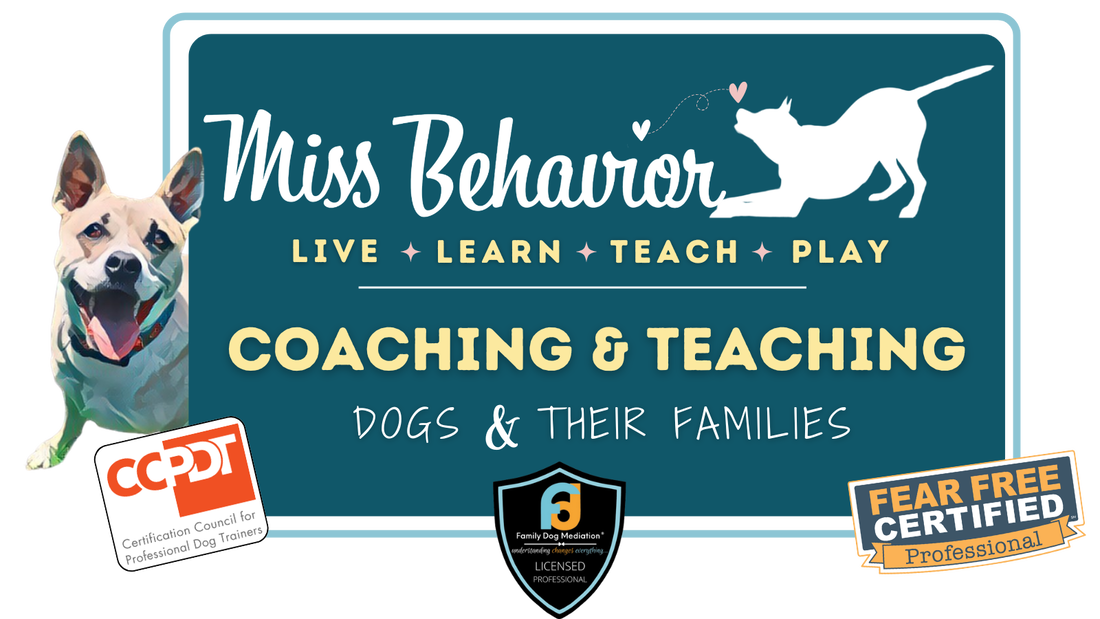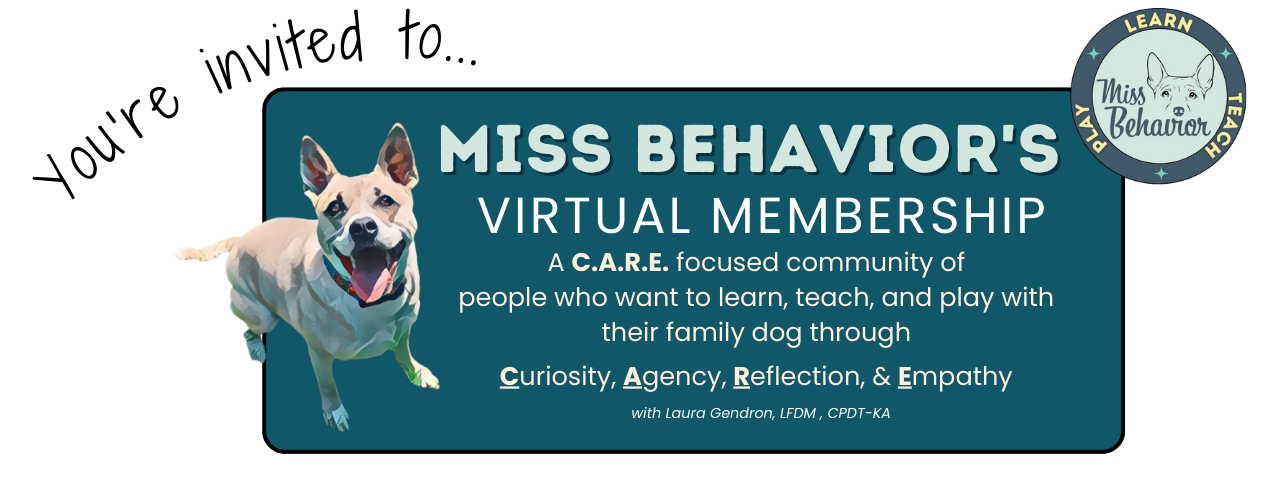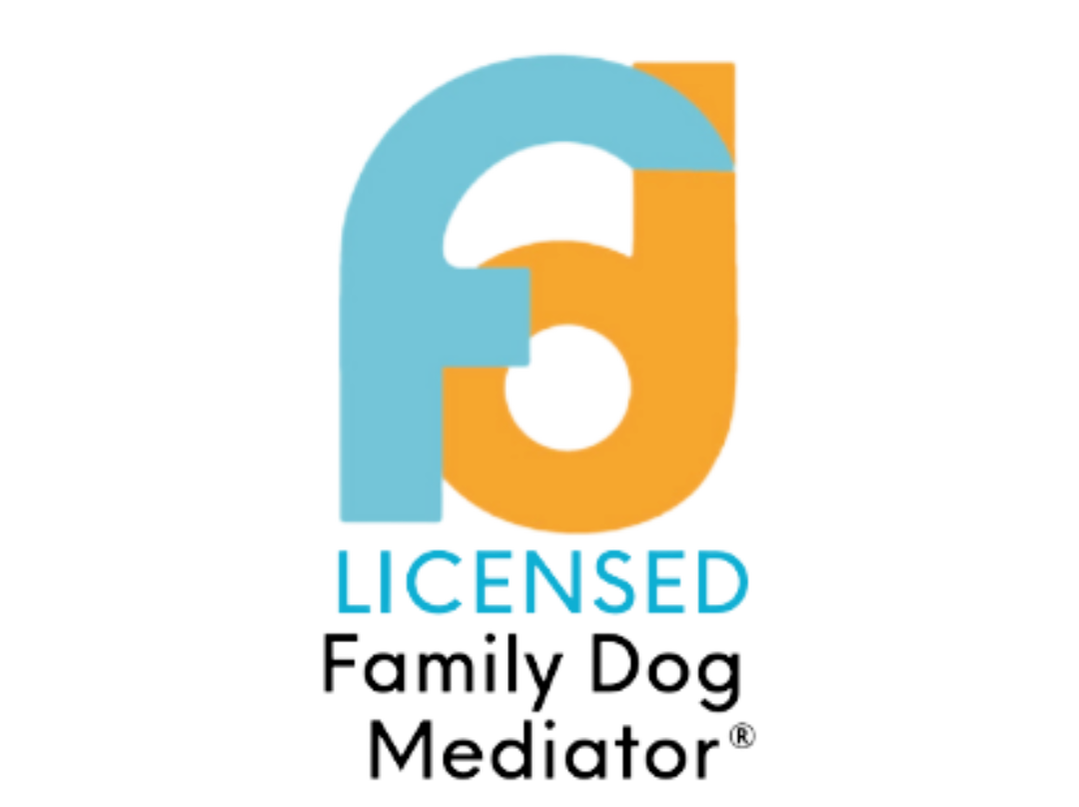|
Love languages, a concept popularized by Dr. Gary Chapman in his book "The 5 Love Languages," refer to the different ways individuals express and experience love. According to Chapman, there are five primary love languages: Words of Affirmation, Acts of Service, Receiving Gifts, Quality Time, and Physical Touch. Each person has a primary and sometimes secondary love language, which dictates how they prefer to give and receive love from others. These love languages provide valuable insights into understanding and strengthening relationships, as they emphasize the importance of expressing affection in ways that resonate most deeply with the other person/being. While initially applied to human relationships, I believe the concept can also be applied to how we show love and affection in our relationships with our pups! Understanding this not only strengthens the bond between you but also helps maintain a healthy and happy relationship long term, something referred to as building social currency. In this post, I want to help you explore the same five Love Languages and how they may be spoken or received by your dog so you can determine which ones your dog values most. Physical Touch, Quality Time, Words of Affirmation, Acts of Service, and Gifts. By understanding these, you can ensure a more fulfilling and rewarding relationship with your family pup. Just like in people, or even more so, it's important to remember that dogs are very contextual. This means that while your dog may appreciate a specific type of reward or showing of affection in one context (such as indoors with low distraction and under low arousal), he may not see that same type of affection as rewarding in another context (outside, when distracted, or under higher arousal situations.). To give you a human example, my 9 year old son loves to cuddle with me at home and gives out all the free hugs but when out in public or when feeling social pressure by others, he may see a hug as more "punishing" or embarrassing. This can be the case with our dogs too. We may have dogs at home who love to cuddle but when under social pressure or distracted, they may not feel that physical touch is rewarding in that context. Let's dig in and go through some examples: Physical TouchPhysical touch can be preferred love language for dogs. This can include cuddling, belly rubs, and gentle massages. Dogs are tactile creatures and many, but not all, thrive on physical contact. Pro Tips:
Quality TimeSpending quality time with your dog is another important love language. This can involve exploring together, playing together, relaxing together, and learning together. Spending time together strengthens your bond and helps your dog feel loved and secure. Pro Tips:
Words of AffirmationJust like people, dogs respond well to words of affirmation AKA Praise. A gentle tone, frequent narration (as if you're talking to a 3 year old), and encouraging words can go a long way in making your dog feel loved and appreciated. Pro Tips:
Acts of ServiceActs of Service are another common way we can show our dogs love and build social currency. This can include things like providing comfortable bedding, going for exploratory walks as opposed to strict exercise walks, and stepping up when they need help or assistance. Pro Tips:
GiftsFinally, many dogs love gifts! These can be delicious treats, favorite toys, or access to playmates. Giving gifts to your dog can be a fun and rewarding way to express your love and appreciation. Pro Tips:
Listen, above all else - the most important thing you can do for your dog is provide safety and security in your relationship and in their environment. This may mean doing all of the above anytime but more likely, it means picking and choosing based on context. The more you can tune in to your dog, the more you will understand their needs and put money in the relationship bank. Aim for more deposits than withdrawals and you'll be well on your way to great things with your pup. And if you need more guidance on how to better your relationship, how to tweak your days so that you are putting more deposits in, how to build resilience, and work through problems, then I invite you to the Virtual Membership where we talk about all of that and much more! Comment below and let me know what you think your dog values most!
0 Comments
Your comment will be posted after it is approved.
Leave a Reply. |
|
- Home
- About
- Blog
- Services
- Membership
-
Courses & Freebies
- All Courses
- FREE Boredom Buster Recipes
- COURSE: Building Resilience in your Family Dog
- COURSE: Managing the Leash Walk
- Potty Training COURSE
- Paws Off COURSE
- COURSE: Managing the Leash Walk
- FREE Attention Building Challenge
- FREE Scratchboard Training
- FREE Rest and Recovery Round-Up
- FREE Body Language 101
- Contact
- Home
- About
- Blog
- Services
- Membership
-
Courses & Freebies
- All Courses
- FREE Boredom Buster Recipes
- COURSE: Building Resilience in your Family Dog
- COURSE: Managing the Leash Walk
- Potty Training COURSE
- Paws Off COURSE
- COURSE: Managing the Leash Walk
- FREE Attention Building Challenge
- FREE Scratchboard Training
- FREE Rest and Recovery Round-Up
- FREE Body Language 101
- Contact
Search by typing & pressing enter










 RSS Feed
RSS Feed





